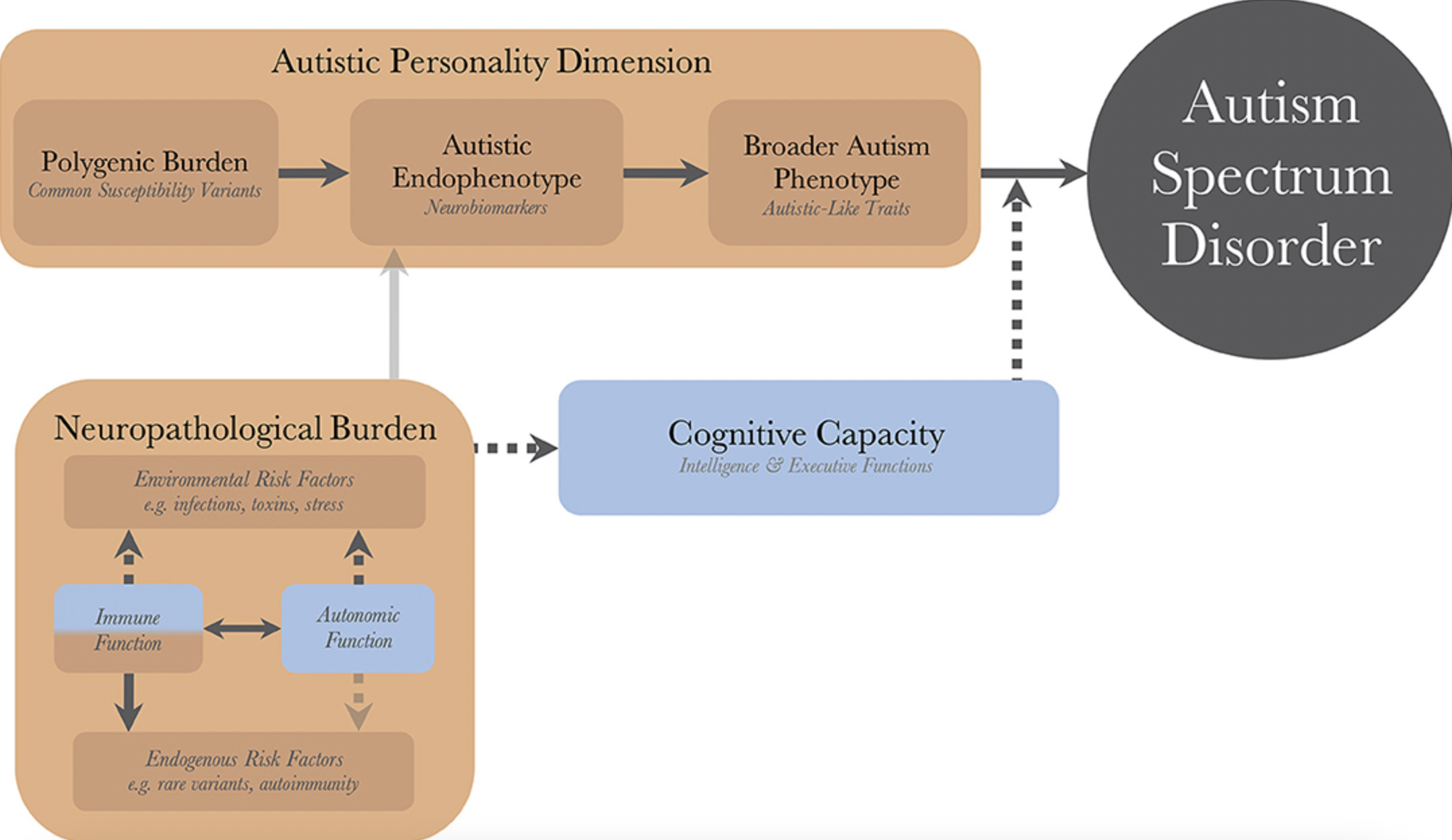Autism is a nightmare for society. While the problem is often natural, various studies indicate its source as negligence, particularly from drug manufacturers. This discovery has resulted in a class action lawsuit to force the drug manufacturer to compensate the victims. The following are a few insights into this lawsuit and its cost determinants.
Compensation Amount
The first question you would ask is, what is the Tylenol autism lawsuit amount? The average trial value of a class action could be between $5 and $10 million. However, victims will receive 20 to 50% less. The difference compensates the attorney representing the victims. Suppose the amount holds. In that case, victims would receive $2.5 to $8 million.
With these figures, the cost of the autism class action will be between $0.8 and $5 million, depending on what the law firm charges. The court will often ensure this amount is restricted, guaranteeing fairness.
Injuries Sustained and Extent of Damage
While most believe the compensation amount is divided equally among the victims, this hardly happens. The extent of damage or injury will often determine how much each party gets in the long run.
Extensive injuries and damage will often attract a higher figure. Professionals will help determine how a manufacturer’s drug affected the mother and child during and after pregnancy. The more injuries and pain sustained, the more the compensation will be.
At the same time, professionals will consider more than the autistic symptoms sustained. Some injuries might be permanent yet result from the drug. In such instances, the victim should receive special treatment and a higher amount.
The Number of Plaintiffs
A class action will often constitute many complainants. The number of plaintiffs joining this case will often determine how much they receive in the long run. Generally, a class action with more people will likely enjoy better odds. However, the compensation amount will be significantly lower when finally subdivided among the plaintiffs.
At the same time, the number of injured plaintiffs will dictate how much you get in the long run. Some plaintiffs might join the case for other reasons, not the injuries sustained. In such instances, they will likely not need much compensation for the value won. However, suppose there is an increase in the number of injured plaintiffs. In that case, the compensation amount given to each member will be slightly lower.
Further, you’ll consider the number of lead plaintiffs. Lead plaintiffs are the mainstay of the case, meaning they will likely receive a bigger chunk of the compensation amount. An increased number of this group will likely lower the amount other victims and plaintiffs receive.
Legal Roadblocks
Various issues arise during a class action lawsuit. The law requires that all these issues be fully addressed for the compensation to be materialized. An excellent lawyer will provide adequate evidence and explanation for these hurdles, ensuring the court is satisfied.
Unfortunately, addressing some roadblocks can be daunting, resulting in lower or no compensation. Some legal roadblocks could also lock out a few plaintiffs, meaning some will not get the desired compensation.
However, the law postulates that the judge cannot approve a settlement unless they are convinced each plaintiff is treated fairly. While fairness is the pillar stone of the case, it does not translate to equal compensation.
A class action lawsuit helps fight for anyone that was wrongfully hurt, particularly because of the negligence of other parties. It is centered on equality, fairness, and equitable distribution of compensation upon legal satisfaction. With the information above, you can estimate how much you will likely receive.
